19. Turtle-y Amazing!
Any dive with a turtle is a great dive, no matter how many times you may encounter one. As they breathe air just like us, it’s unsurprising we feel an affinity for them, but do you know your Hawksbill from your Green, or if you are looking at a male or a female, and that they are some of the oldest living creatures on the Planet? Read on….
Green Turtle (Chelonia mydas)
The Green Turtle is one of the two most commonly found turtles here in Dauin, and especially on nearby Apo Island.
They are mainly herbivores, eating brown algae infestations in shallow lagoons, or the tips of seagrass and keeping those beds healthy.
Their name refers (sadly) to the colour of fat found beneath their carapace (shell), and not their wonderful olive and tan mottled patterning. They seem to take great pride in keeping their shells polished and free from parasites like barnacles, and can often be found apparently trapped under an overhanging rock, struggling back and forward to free itself. Don’t worry, it’s not stuck, it is simply using the rock as a scratching post!
Green Turtles are often found on Apo Island resting on a plump bed of sponges, seemingly asleep. Diving times measured for resting turtles can exceed 4 hours on a single breath, but if they are disturbed or trapped, they will quickly use up the oxygen in that breath and just like us, drown. A very good reason for letting sleeping turtles lie.
Turtles are a very old design, with fossil records dating back 220 million years. To put that into context, dinosaurs became extinct 65 million years ago, and modern humans came on the scene about 200,000 years ago.
Green Turtles are on the International Union on the Conservation of Nature (IUCN) Red List of Endangered Species, and are under threat from nesting habitat destruction, poor fishing practices and the illegal trade in eggs, shells and meat. Here in Dauin and Apo Island, the value to the local tourism industry of a stable population of apparently content creatures is very well understood, and everyone here loves and protects their “Pawikans” (Visayan for turtle).
Hawksbill Turtle (Eretmochelys imbricata)
The Hawksbill Turtle gets its name from the prominent ‘beak’ it develops as it gets older, all the better for crunching through the rocks and corals to get at their preferred meal of sponge. Far from being destructive, this feeding behaviour cleans the reefs of potentially dominant sponge species, clearing the way for more coral growth, just like a gardener dead-heading the roses to encourage more blooms.
Unlike the Greens, Hawksbill shells frequently sport barnacles, scars, broken scutes (the shell scales) and a reddish covering of algae, seeming to indicate a singular lack of pride in their appearance. We all know someone like that.
Hawksbill Turtles are less frequently encountered here in Dauin and Apo Island than their Green cousins, reflecting the fact that they are on the IUCN’s Critically Endangered list. Combating the illegal trade in their shells, which are turned into decoration or jewelry, and encouraging the use of turtle-friendly fish nets and circular longline hooks for local fishing communities are steps in the right direction. Luckily for us, the Hawksbills here enjoy the protection of a wide network of Marine Sanctuaries and Reserves, with nesting sites protected and heavy fines for trading in turtle products.
Knowing your Greens from your Hawksbills
Differentiating between a Hawksbill and a Green Turtle is not as easy as it seems, particularly if you’re looking at a young one. One true way is to check whether there is a single pair of scutes (scales) between their eyes, or two pairs in the shape of a cross. Single pair of scutes are for Greens (left image), the double pair of scutes means a Hawksbill (right image).
Telling the Boys from the Girls
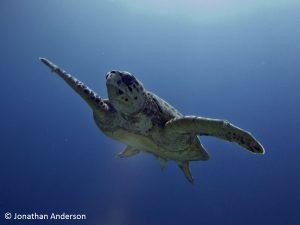
Hawksbill Male – deep indentation in the chest, a big tail and prominent claws on the front flippers
Not so easy unless you are a turtle, but check out the thicker and larger tail in the males, often with a deep v-shaped notch in the shell edge above the tail. Also look at the belly, called the Plastron. The hard plates of a turtle’s underside have a distinct indentation running down the middle of a male’s body (right image), whereas the females have a more smooth and rounded profile to help make room for her eggs (left image). The male’s concave chest allows him to fit snugly on top of the female during courtship and mating without rolling off! Long claws on the front flippers also help him keep a firm grip during mating.
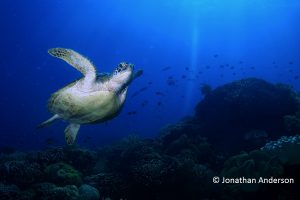
A tricky one – small tail and claws, but indented chest, so a little more growing up to do for this young male Green Turtle
Finally, if you are lucky enough to see a live adult turtle on a beach, it is a female for sure. Adult males don’t need to lay eggs, so spend their entire lives in the Ocean. Alright for some!
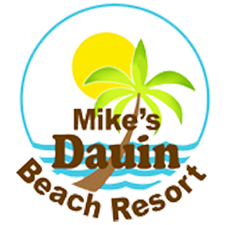
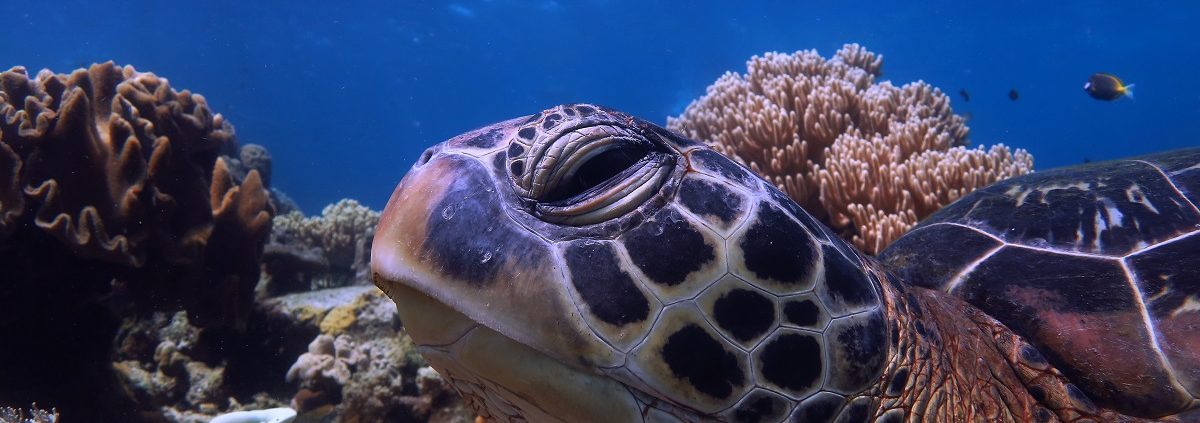
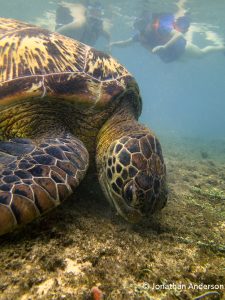
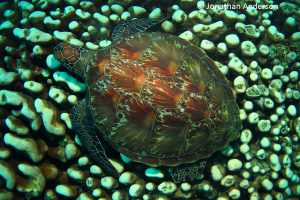
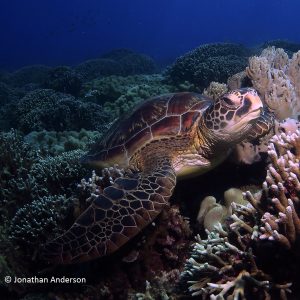
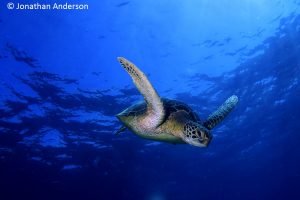
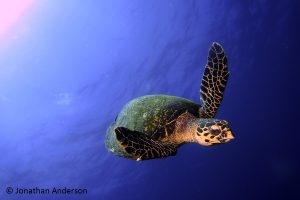
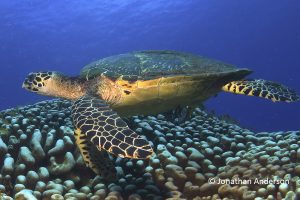
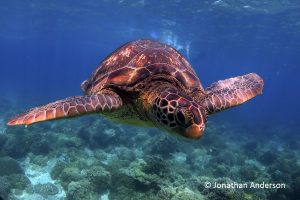
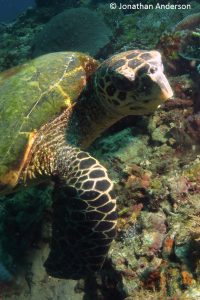


Leave a Reply
Want to join the discussion?Feel free to contribute!